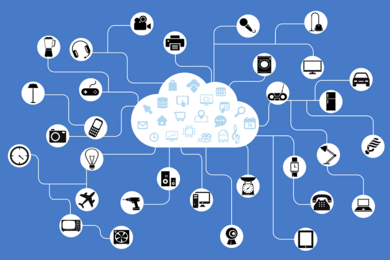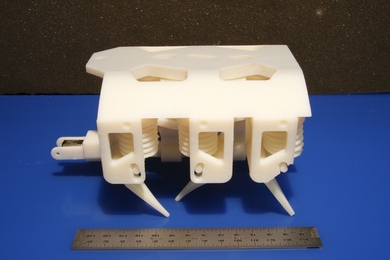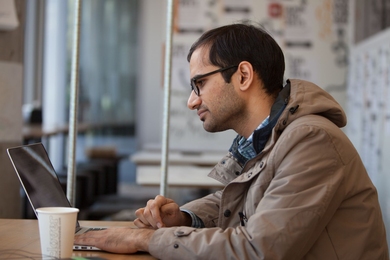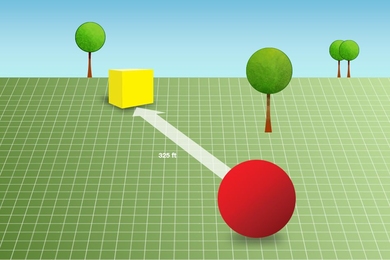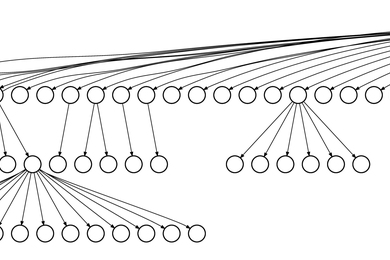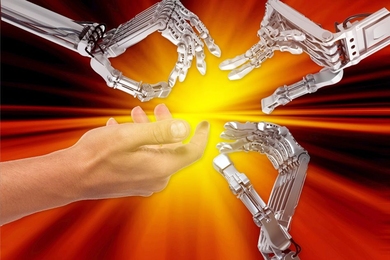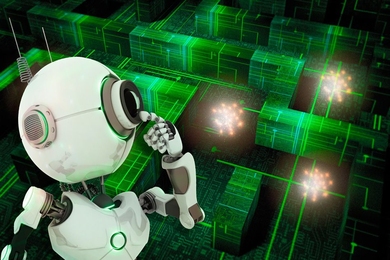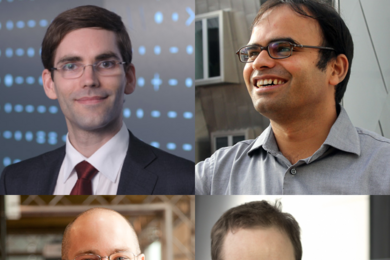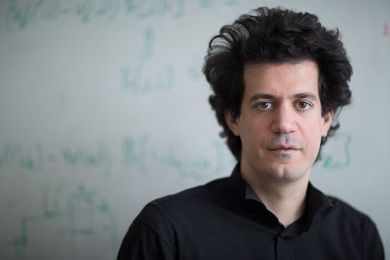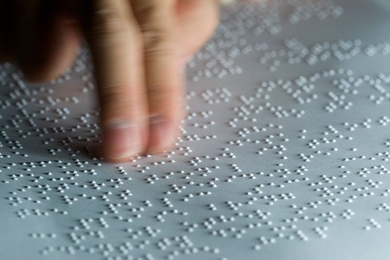Topic
Computer Science and Artificial Intelligence Laboratory (CSAIL)
Download RSS feed: News Articles / In the Media / Audio
First-ever 3-D printed robots made of both solids and liquids
System from Computer Science and Artificial Intelligence Lab 3-D prints hydraulically-powered robot bodies, with no assembly required.
Wireless tech means safer drones, smarter homes and password-free WiFi
System from MIT’s Computer Science and Artificial Intelligence Lab enables single WiFi access point that can locate users within tens of centimeters.
Phone-based laser rangefinder works outdoors
Depth sensor built from off-the-shelf parts filters out ambient infrared light.
Secure, user-controlled data
Cryptographic system would allow users to decide which applications access which aspects of their data.
U.S., EU leaders talk Web policy and world economy at MIT
With EU vice president, U.S. secretary of commerce discusses EU-U.S. “Privacy Shield” and launches new policy program.
System loads Web pages 34 percent faster by fetching files more effectively
"Polaris" system from MIT's Computer Science and Artificial Intelligence Lab accelerates website load-time by decreasing network trips.
MIT, Cambridge University team up for “Cambridge 2 Cambridge” hackathon
Hosted by the Computer Science and Artificial Intelligence Laboratory, event featured mixed student teams tackling cybersecurity challenges.
Browsing in public
System lets Web users share aspects of their browsing history with friends, researchers.
Enabling human-robot rescue teams
System could help prevent robots from overwhelming human teammates with information.
Three from MIT elected to the National Academy of Engineering
Contributions of new members include the design of parallel computing systems, the development of 3-D printing, and the discovery of near-Earth asteroids.
EECS announces four faculty promotions
Palacios, Shah, Tedrake promoted to full professor; Englund promoted to associate professor without tenure.
Computer science meets economics
Constantinos Daskalakis adapts techniques from theoretical computer science to game theory.
A virtual “guide dog” for navigation
Low-power chip processes 3-D camera data, could enable wearable device to guide the visually impaired.
